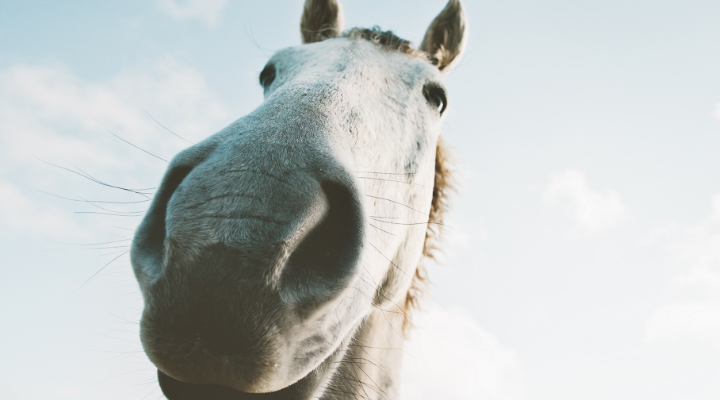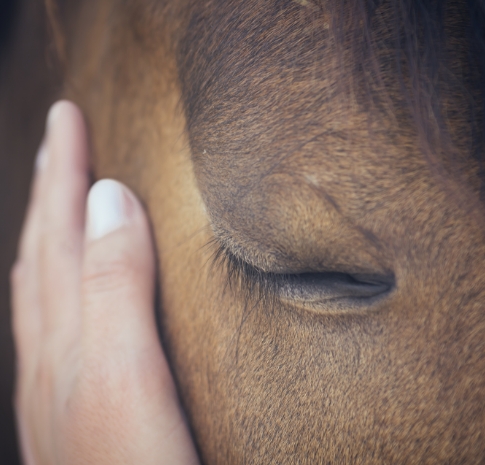Strangles is highly debilitating.2,3 Horses usually show signs of strangles within 3 to 8 days of becoming infected.2 The common signs of strangles include:1–3
- A nasal discharge (a greenish, yellow, or white “snotty” discharge)
- Fever (39–40°C)
- Difficulty swallowing
- Loss of appetite
- Depression
- Cough
- Swellings that are a result of abscesses of the lymph nodes in the head and neck region due to an accumulation of pus
- Laboured breathing due to enlarged lymph nodes – hence, the name “strangles”.
These distressing clinical signs can persist for days, weeks or months. Most horses recover, but they may need to be isolated for 6 to 8 weeks.2

